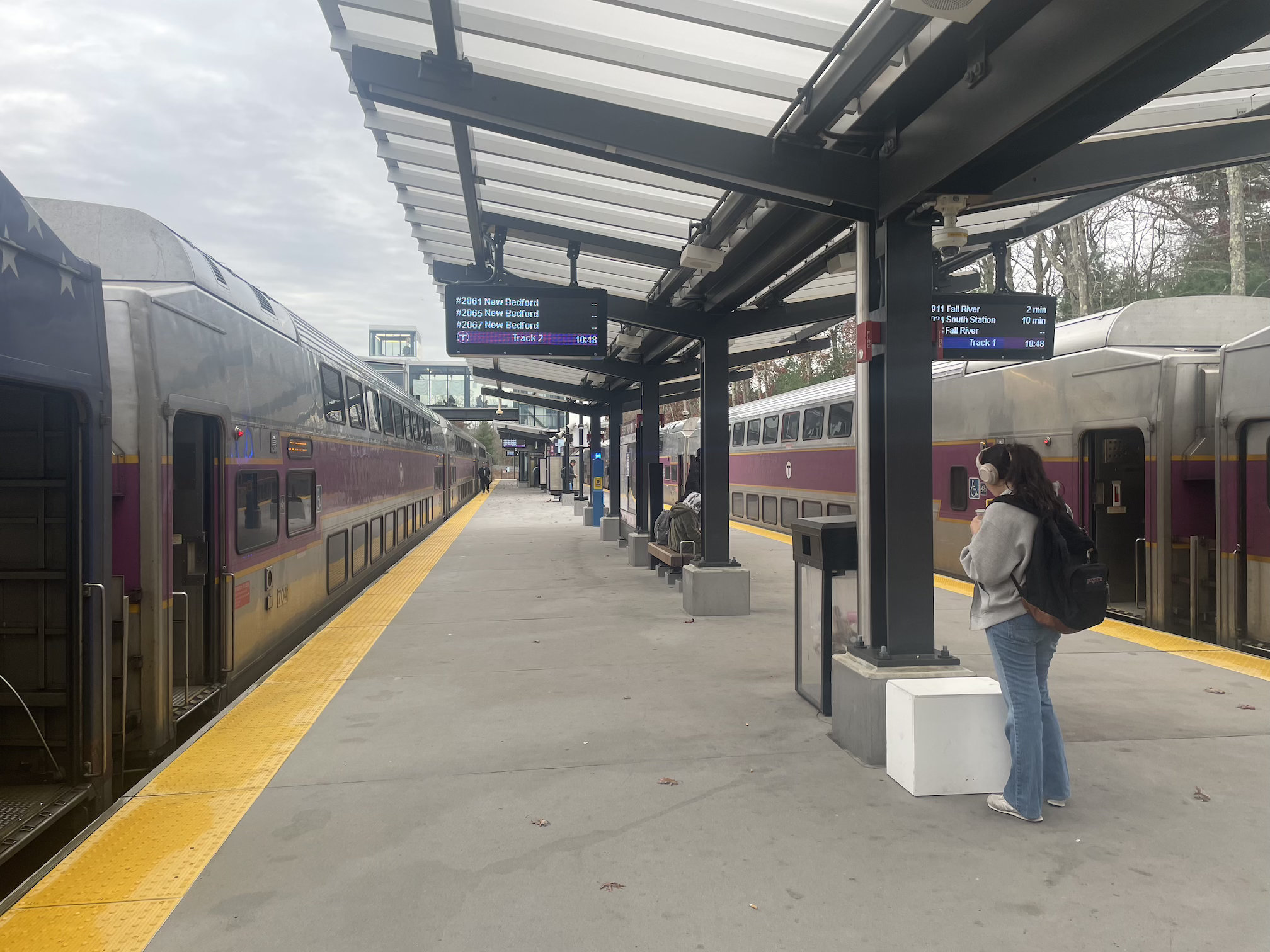Last year's month-long shutdown of the entire Orange Line has famously failed to deliver then-Governor Charlie Baker's promise of "far better service and a more modern infrastructure for its riders."
But even though the Orange Line remains every bit as slow as it last August, the massively disruptive shutdown did, in a roundabout way, end up speeding up trips for some MBTA bus riders.
Last August, with only a few weeks to prepare for the subway shutdown, Boston Transportation Department (BTD) workers rushed to install new curbside bus lanes on Huntington Avenue, to speed up trips on the 39 and CT2 routes.
Those "temporary" bus lanes, and several others in Back Bay, remained in place even after the Orange Line reopened.
On Monday, the MBTA and City of Boston announced that the Huntington Avenue bus lanes are saving riders up to two minutes per trip during rush hours – a cumulative time savings of 25 hours every day for nearly 5,000 bus riders.
In light of those results, the T and the City of Boston have announced that they will conduct additional work this fall to make those bus lanes permanent.
“This project demonstrates the benefits of rebalancing our street space to prioritize transit,” said Boston Chief of Streets Jascha Franklin-Hodge in a press release issued Monday afternoon. “Dedicated bus lanes save bus riders time and are one of the most effective ways that the city can improve transit and make it a more convenient and reliable option for our residents.”
The City of Boston's evaluation of the new Huntington Avenue bus lanes also concluded that the project improved safety, with less-lethal speeds along the corridor.
Huntington Avenue's previous layout allowed dangerous drivers to change lanes and swerve around law-abiding drivers in front of them, but the new layout – which forces through traffic to share a single lane, with the right lane reserved for buses and right-turning vehicles – makes it harder for drivers to attain dangerous speeds.






